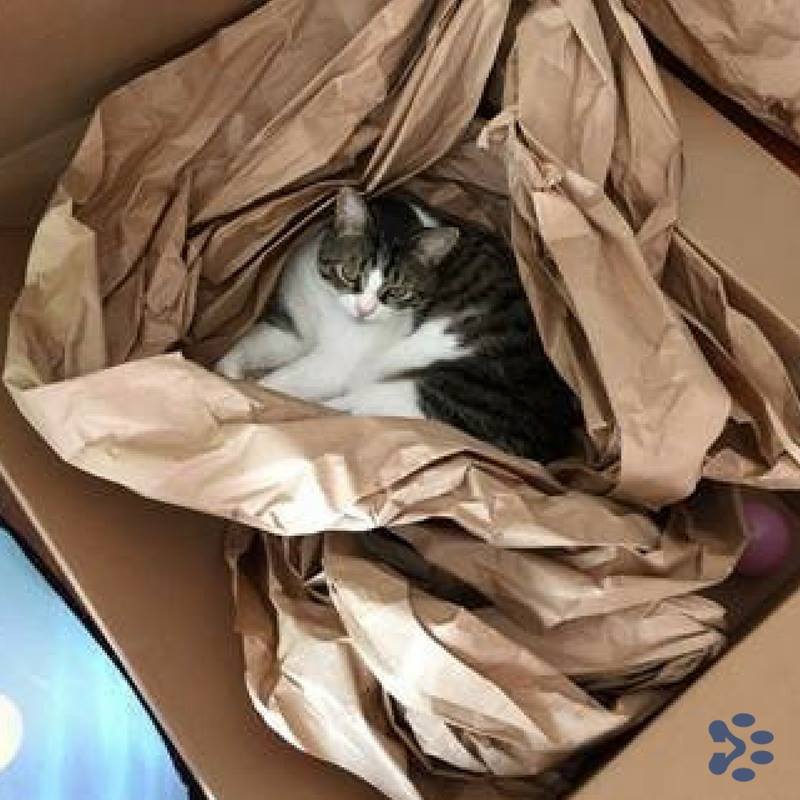Should I Sedate My Cat?
Cats are not known for their adaptability to new environments. By nature they are aloof and cautious. A lot of people think that sedation for travel is the best solution for a cat that has rarely traveled and may already have some strong feelings towards a crate that has only been used for vet visits (which is almost never a pleasant experience).
Why we don’t support sedation:
First and foremost, most airlines don’t allow it. Also, it can pose a dangerous risk to your beloved furry family member. These types of medications can affect the breathing patterns animals use to regulate their body temperature. It can also affect their heart rate and balance, which under the stress of travel can cause some serious problems. According to Dr. Patricia Olson with the American Humane Association, "An animal's natural ability to balance and maintain equilibrium is altered under sedation and when the kennel is moved, a sedated animal may not be able to brace and prevent injury."
Acclimating them to their crate without any medication will be key. Here are a few steps you can take for kennel acclimation for your feline friend:
- Feeding them in the crate: They may be hesitant to go in but be persistent with leaving their food in there. This allows them the freedom to try it out in their own time and learn first-hand nothing is going to happen by going in.
- Covering the crate: Covering the crate with something light and breathable like a sheet or towel can help it feel more secure. Putting it in their normal eating space is best, if that is not an option, choosing a safe space in a corner that is quiet and dark will work as well. Even better, put the crate in a cardboard box turned sideways so the crate is easy to get into but technically in the box. What cat DOESN’T love a good cardboard box?

- Once they are comfortable going in for food, try lifting them into the crate when you put food in there and closing the door behind them. Leave them for a few minutes, then open it back up. You don’t have to say or do anything else.
- Once they are comfortable being lifted in and you can close the door, pick up the crate and put it on the other side of the room. Then put it down and let them back out.
- If they are super comfortable with this you can try taking them on short car rides and bringing them back home. Keeping the crate covered in the car will help them to feel more secure but also help them get used to the feeling without feeling vulnerable and exposed.
- The less you talk to them and treat it like it’s not a big deal the faster they will start to believe you! Go slow, and if they panic and run out of the room, go back a step and start from there.
Another common misconception about cats traveling in travel kennels is that they may be more comfortable with their cat sibling in there with them. However, it is not a good idea to put multiple cats together in a crate.
Again, this is not permitted by the airlines unless they are very young kittens. It might be natural to assume that it would be better for them to have each other during the stress of travel.
However, the more likely scenario is that if and/or when, they do want to get away from each other, they have no where to go and could potentially get in a scuffle over the lack of space combined with the jostling of being moved in a crate. Also, having two cats in one crate doubles the risk of escape if the door needs to be opened for any reason. Doing as much as you can to prepare them for the trip will be more beneficial to them than trying to make last minute adjustments to their accommodations on the day of travel.

